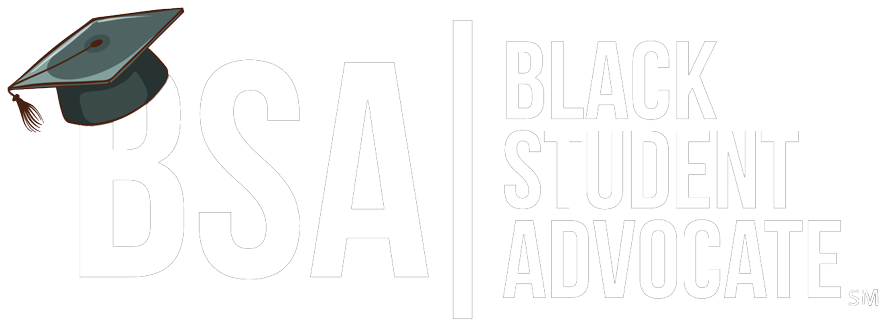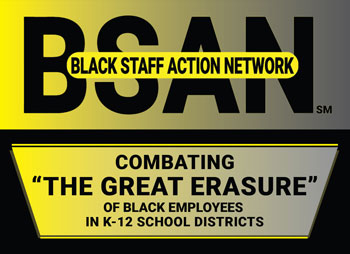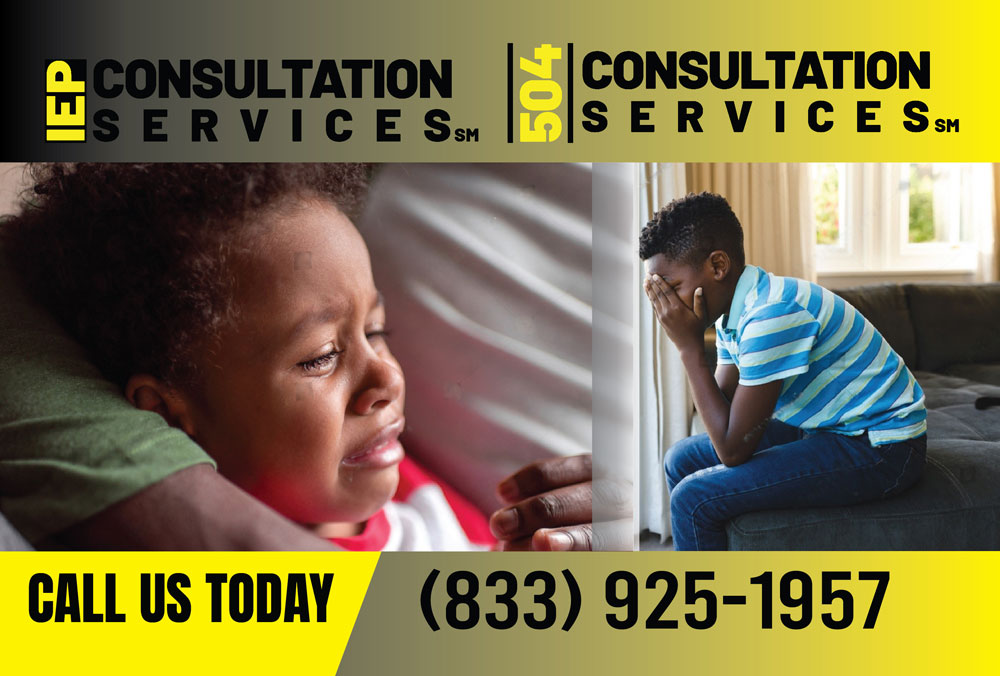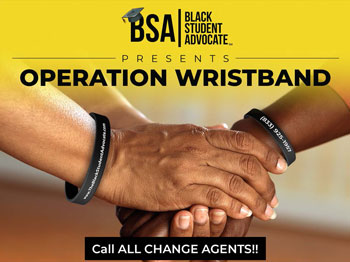Advocacy for students with disabilities is more than just an educational responsibility — it’s a commitment to equity, empowerment, and human rights. In every classroom, students with disabilities face unique challenges that can affect not only their academic performance but also their confidence, social inclusion, and emotional well-being. These challenges are not the result of disability alone, but of systemic barriers, unconscious biases, and inadequate support structures that can exist in schools.
When educators, parents, peers, and policymakers work together to advocate for students with disabilities, we do more than improve individual outcomes — we transform the culture of learning itself. Classrooms become places where every student feels valued, understood, and capable of success.
At The Black Student Advocate, we believe advocacy must go beyond compliance with laws like the Individuals with Disabilities Education Act (IDEA). True advocacy is proactive, inclusive, and rooted in the belief that students with disabilities are not “less than,” but rather bring unique perspectives and strengths that enrich the entire learning community.
In this blog, we’ll explore the meaning of advocacy for students with disabilities and share actionable strategies that every teacher, school, and parent can adopt to create classrooms where all learners thrive.
1. Understanding the Importance of Advocacy for Students with Disabilities
Advocacy for students with disabilities ensures that every learner has equal access to education, opportunities, and the support they need to reach their full potential. This means challenging stereotypes, addressing discrimination, and making sure legal protections are upheld.
Why this matters:
- Equal opportunity: Without advocacy, students with disabilities risk being left behind academically and socially.
- Legal rights: IDEA, Section 504 of the Rehabilitation Act, and the Americans with Disabilities Act (ADA) protect students — but those rights must be actively enforced.
- Social inclusion: Advocacy fosters environments where students can build friendships, participate in activities, and develop self-confidence.
Example: Consider a student with a hearing impairment who is placed in a general education classroom. Without an advocate ensuring that captions are available on all videos and that the teacher uses a microphone, this student may miss crucial information. With proper advocacy, these accommodations become standard practice, not exceptions.
2. Building Awareness and Breaking Down Stigma
Advocacy starts with awareness. Many barriers students face are rooted in misconceptions about disabilities. Some people assume that students with disabilities are less capable or that accommodations give them an “unfair advantage.”
Strategies to build awareness:
- Staff training: Provide professional development for teachers and support staff on disability awareness, inclusive teaching practices, and bias reduction.
- Student education: Include disability awareness in the curriculum so peers understand diversity and inclusion.
- Highlight strengths: Shift focus from limitations to the abilities, creativity, and perspectives students bring to the classroom.
Impact: Breaking down stigma doesn’t just help the student in question — it helps the entire school embrace diversity as a strength.
3. Creating Inclusive Classroom Environments
An inclusive classroom is one where students with disabilities are not just physically present but fully engaged in learning. Advocacy here means ensuring that instructional methods, materials, and activities are accessible to all.
Key practices for inclusivity:
- Universal Design for Learning (UDL): Plan lessons that provide multiple means of engagement, representation, and expression so all students can access the content.
- Flexible seating and tools: Adaptive furniture, sensory tools, or assistive technology can make participation easier.
- Peer support systems: Buddy systems and collaborative projects promote social integration.
Example: In a science lab, using visual aids and written instructions in addition to verbal explanations ensures that students with hearing impairments or processing challenges can follow along.
4. Collaborating with Parents, Specialists, and the Student
Effective advocacy is a team effort. Parents, teachers, school counselors, special education staff, and the student themselves should all have a voice in decisions about learning plans and accommodations.
Best practices for collaboration:
- Regular meetings: Schedule Individualized Education Program (IEP) or 504 Plan reviews with open communication.
- Active listening: Respect parents’ insights — they often know best what works for their child.
- Student involvement: Encourage students to express their needs and preferences, helping them become self-advocates.
Benefit: When all stakeholders are aligned, students receive consistent support across home and school environments.
5. Ensuring Access to Resources and Accommodations
Advocacy for students with disabilities requires making sure resources are both available and used effectively. Accommodations aren’t “extras” — they are essential tools for equity.
Examples of accommodations:
- Extended time on tests and assignments
- Text-to-speech software
- Modified assignments or grading criteria
- Quiet spaces for test-taking or calming
- Accessible transportation or classroom placement
Advocate’s role:
- Monitor whether accommodations outlined in IEPs or 504 Plans are being implemented correctly.
- Request new resources if current ones are insufficient.
Provide feedback to improve effectiveness.
6. Empowering Students to Become Self-Advocates
One of the greatest gifts we can give students with disabilities is the confidence and knowledge to speak up for themselves. Self-advocacy skills prepare them for success beyond the classroom, in higher education, the workplace, and life.
How to foster self-advocacy:
- Teach students about their rights under IDEA, ADA, and Section 504.
- Encourage them to communicate their needs to teachers respectfully.
- Role-play scenarios where they practice asking for accommodations.
- Celebrate their successes when they take initiative.
Long-term benefit: Students who can self-advocate grow into adults who can navigate challenges, negotiate for their needs, and contribute meaningfully to society.
Conclusion
Advocacy for students with disabilities is not an optional task — it’s a moral and legal imperative. From building awareness to fostering self-advocacy, every action we take contributes to a more inclusive, equitable educational system.
When we advocate, we’re not just helping one student succeed; we’re challenging the systemic barriers that have limited opportunities for generations. In doing so, we create a culture of respect, empathy, and empowerment that benefits every learner.
At The Black Student Advocate, we believe that real change starts in the classroom but extends far beyond it. By standing up, speaking out, and working together, we can make sure that every student — regardless of ability — has the chance to learn, grow, and thrive.







Share This Page